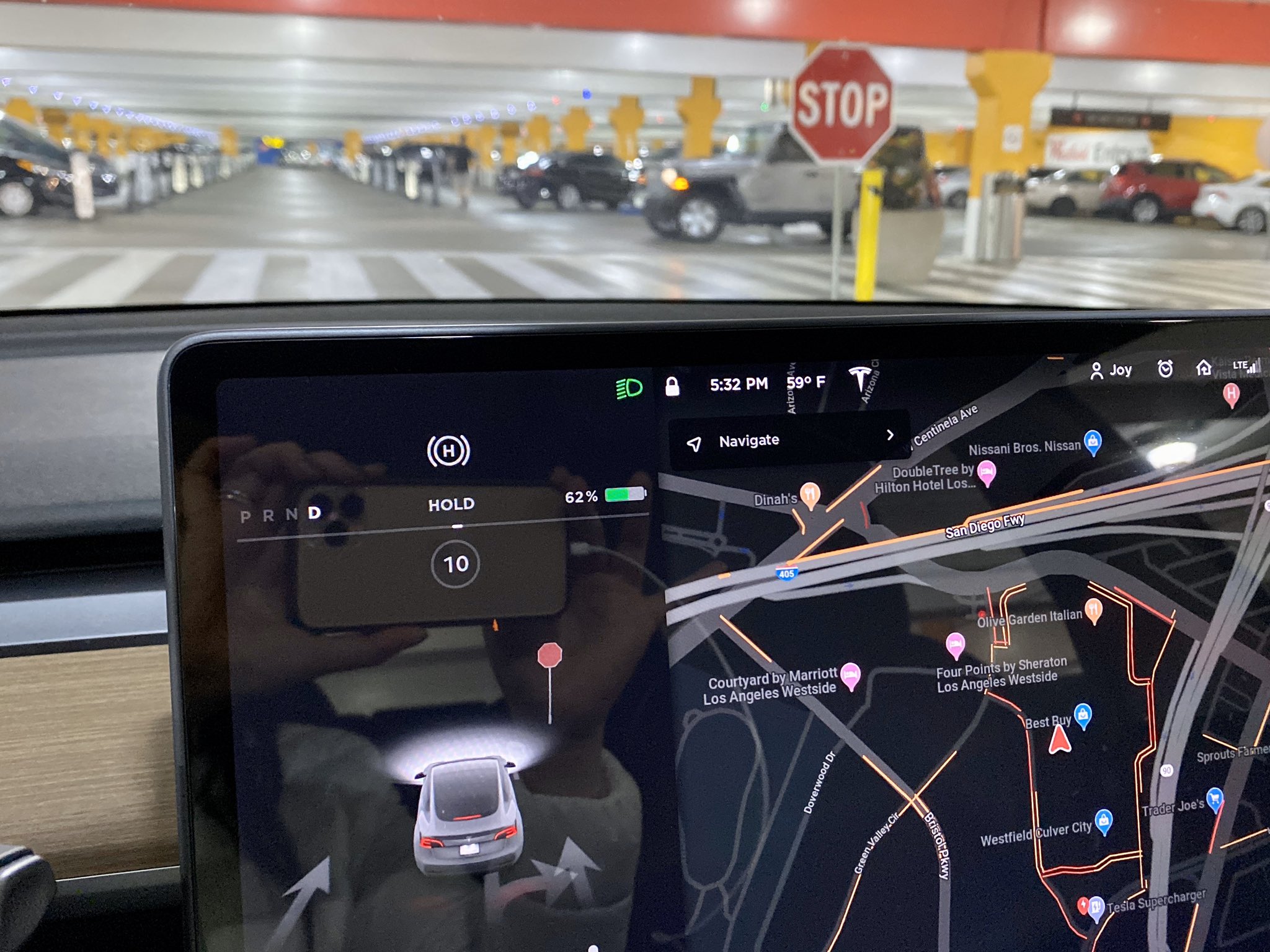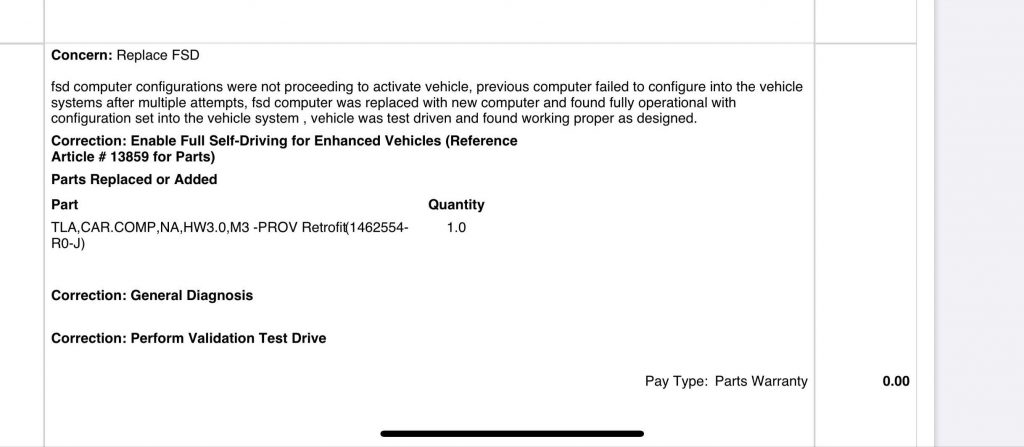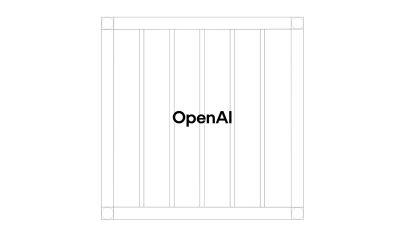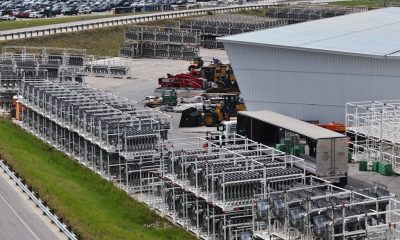

News
Tesla Model 3 gets Full Self-Driving HW3 upgrade: Full details with lessons learned
True to Elon Musk’s expectations on Twitter last month, it appears that Tesla is now looking to ramp Hardware 3 retrofits for owners who purchased the Full Self-Driving suite and whose cars are equipped with HW2 or HW2.5. A recent account involving a Tesla owner-enthusiast’s experience with her Model 3’s HW3 upgrade shows that there are still some areas in the retrofit process that can be improved.
Tesla Model 3 owner-enthusiast TeslaJoy was looking to do a video on the company’s recent voice command update when she noticed that the feature on her vehicle was not working properly. This prompted her to make an appointment with Tesla to get her car checked in and fixed. During the troubleshooting process, she inquired if a possible HW3 retrofit could be done to her vehicle as well. Fortunately, a HW3 unit was available for her Model 3, and so, a rather eventful upgrade process began.
Tesla Service Centers currently receive batches of HW3 units from the electric car maker, and each unit is assigned to a specific VIN. This is the reason why for now, at least, owners are not advised to call Tesla to schedule a HW3 retrofit. Fortunately for Joy, the Tesla Service Center opted to perform the HW3 upgrade at the same time as her appointment, since she would need to bring her Model 3 back for a retrofit anyway.

Since the retrofit was estimated to take around 5 hours, Tesla asked the Model 3 owner to leave her car for the day and claim it the next business day. That was December 31, which meant that the vehicle should be ready the day after New Year’s. As it would turn out, the Service Center would end up encountering difficulties installing the necessary firmware on Joy’s Model 3. This resulted in delays, which culminated in the vehicle’s HW3 retrofit being completed on January 5, 2020, over five days after the Model 3 owner turned in her car.
Hardware 3 retrofits are available for owners who have purchased Tesla’s Full Self-Driving suite, and whose cars are still equipped with the company’s HW2 and HW2.5 units. With Hardware 3 installed, owners will be able to utilize the full suite of FSD capabilities that the company is rolling out today. One of these is the FSD preview that Tesla rolled out for the holidays, as well as features like traffic cone recognition.
True to Elon Musk’s words on Twitter, the HW3 retrofit is free for owners who have purchased the company’s FSD suite. Joy, for her part, was able to get FSD last March at a discounted price of $2,000 on top of her Enhanced Autopilot. FSD currently costs $7,000 when it is included in a new vehicle’s order.
Based on Joy’s experience, it appears that owners should expect to wait some time for their vehicles are set to be retrofitted. In the Model 3 owner’s case, her car’s upgrade ended up taking days since the first HW3 kit that was installed did not function properly. This resulted in the vehicle essentially getting retrofitted twice, causing delays. Tesla did give Joy a $500 Uber voucher due to the absence of loaner vehicles, but the whole experience showed notable points for improvement nonetheless.
In a way, TeslaJoy‘s experience with her Model 3’s HW3 retrofit stands in stark contrast with the experiences of Model S owner Sofiaan Fraval, whose car was upgraded by a Service Center during a voluntary HEPA replacement. In Fraval’s case, his Model S was fully retrofitted within a matter of hours, and it was calibrated in pretty much the same day. A Tesla Model S owner who runs the Electric Dreams YouTube channel also received his vehicle’s HW3 retrofit without any issues, and it was performed by a mobile technician, not a Service Center.
In the Electric Dreams host’s case, the entire HW3 retrofit was conducted from the convenience of his home, with a mobile service tech coming over in the morning, taking an hour and a half for the installation to be completed, and an additional two hours for the necessary firmware to be loaded onto the vehicle. This is in line with Elon Musk’s previous statement on Twitter, where he stated that HW3 retrofits should be possible through Tesla’s mobile service fleet.
Overall, there seems to be a variance with regards to the experience of owners when getting their vehicles retrofitted with Tesla’s FSD computer. Some owners seem to be experiencing a seamless, painless process, while some, like Joy, end up having to test their patience. Hopefully, as Tesla ramps its HW3 retrofits this quarter, the company could work in optimizing its upgrade process, so there are more experiences like the Electric Dreams host’s, and less like TeslaJoy‘s.
Watch TeslaJoy‘s HW3 experience in the video below.
News
These Tesla, X, and xAI engineers were just poached by OpenAI
The news is the latest in an ongoing feud between Elon Musk and the Sam Altman-run firm OpenAI.

OpenAI, the xAI competitor for which Elon Musk previously served as a boardmember and helped to co-found, has reportedly poached high-level engineers from Tesla, along with others from xAI, X, and still others.
On Tuesday, Wired reported that OpenAI hired four high-level engineers from Tesla, xAI, and X, as seen in an internal Slack message sent by co-founder Greg Brockman. The engineers include Tesla Vice President of Software Engineering David Lau, X and xAI’s head of infrastructure engineering Uday Ruddarraju, and fellow xAI infrastructure engineer Mike Dalton. The hiring spree also included Angela Fan, an AI researcher from Meta.
“We’re excited to welcome these new members to our scaling team,” said Hannah Wong, an OpenAI spokesperson. “Our approach is to continue building and bringing together world-class infrastructure, research, and product teams to accelerate our mission and deliver the benefits of AI to hundreds of millions of people.”
Lau has been in his position as Tesla’s VP of Software Engineering since 2017, after previously working for the company’s firmware, platforms, and system integration divisions.
“It has become incredibly clear to me that accelerating progress towards safe, well-aligned artificial general intelligence is the most rewarding mission I could imagine for the next chapter of my career,” Lau said in a statement to Wired.
🚨Optimistic projections point to xAI possibly attaining profitability by 2027, according to Bloomberg's sources.
If accurate, this would be quite a feat for xAI. OpenAI, its biggest rival, is still looking at 2029 as the year it could become cash flow positive.💰 https://t.co/pE5Z9daez8
— TESLARATI (@Teslarati) June 18, 2025
READ MORE ON OPENAI: Elon Musk’s OpenAI lawsuit clears hurdle as trial looms
At xAI, Ruddarraju and Dalton both played a large role in developing the Colossus supercomputer, which is comprised of over 200,000 GPUs. One of the major ongoing projects at OpenAI is the company’s Stargate program,
“Infrastructure is where research meets reality, and OpenAI has already demonstrated this successfully,” Ruddarraju told Wired in another statement. “Stargate, in particular, is an infrastructure moonshot that perfectly matches the ambitious, systems-level challenges I love taking on.”
Elon Musk is currently in the process of suing OpenAI for shifting toward a for-profit model, as well as for accepting an investment of billions of dollars from Microsoft. OpenAI retaliated with a counterlawsuit, in which it alleges that Musk is interfering with the company’s business and engaging in unfair competition practices.
Elon Musk confirms Grok 4 launch on July 9 with livestream event
News
SpaceX share sale expected to back $400 billion valuation
The new SpaceX valuation would represent yet another record-high as far as privately-held companies in the U.S. go.

A new report this week suggests that Elon Musk-led rocket company SpaceX is considering an insider share sale that would value the company at $400 billion.
SpaceX is set to launch a primary fundraising round and sell a small number of new shares to investors, according to the report from Bloomberg, which cited people familiar with the matter who asked to remain anonymous due to the information not yet being public. Additionally, the company would sell shares from employees and early investors in a follow-up round, while the primary round would determine the price for the secondary round.
The valuation would represent the largest in history from a privately-owned company in the U.S., surpassing SpaceX’s previous record of $350 billion after a share buyback in December. Rivaling company valuations include ByteDance, the parent company of TikTok, as well as OpenAI.
Bloomberg went on to say that a SpaceX representative didn’t respond to a request for comment at the time of publishing. The publication also notes that the details of such a deal could still change, especially depending on interest from the insider sellers and share buyers.
Axiom’s Ax-4 astronauts arriving to the ISS! https://t.co/WQtTODaYfj
— TESLARATI (@Teslarati) June 26, 2025
READ MORE ON SPACEX: SpaceX to decommission Dragon spacecraft in response to Pres. Trump war of words with Elon Musk
SpaceX’s valuation comes from a few different key factors, especially including the continued expansion of the company’s Starlink satellite internet company. According to the report, Starlink accounts for over half of the company’s yearly revenue. Meanwhile, the company produced its 10 millionth Starlink kit last month.
The company also continues to develop its Starship reusable rocket program, despite the company experiencing an explosion of the rocket on the test stand in Texas last month.
The company has also launched payloads for a number of companies and government contracts. In recent weeks, SpaceX launched Axiom’s Ax-4 mission, sending four astronauts to the International Space Station (ISS) for a 14-day stay to work on around 60 scientific experiments. The mission was launched using the SpaceX Falcon 9 rocket and a new Crew Dragon capsule, while the research is expected to span a range of fields including biology, material and physical sciences, and demonstrations of specialized technology.
News
Tesla Giga Texas continues to pile up with Cybercab castings
Tesla sure is gathering a lot of Cybercab components around the Giga Texas complex.

Tesla may be extremely tight-lipped about the new affordable models that it was expected to start producing in the first half of the year, but the company sure is gathering a lot of Cybercab castings around the Giga Texas complex. This is, at least, as per recent images taken of the facility.
Cybercab castings galore
As per longtime drone operator Joe Tegtmeyer, who has been chronicling the developments around the Giga Texas complex for several years now, the electric vehicle maker seems to be gathering hundreds of Cybercab castings around the factory.
Based on observations from industry watchers, the drone operator appears to have captured images of about 180 front and 180 rear Cybercab castings in his recent photos.
Considering the number of castings that were spotted around Giga Texas, it would appear that Tesla may indeed be preparing for the vehicle’s start of trial production sometime later this year. Interestingly enough, large numbers of Cybercab castings have been spotted around the Giga Texas complex in the past few months.
Cybercab production
The Cybercab is expected to be Tesla’s first vehicle that will adopt the company’s “unboxed” process. As per Tesla’s previous update letters, volume production of the Cybercab should start in 2026. So far, prototypes of the Cybercab have been spotted testing around Giga Texas, and expectations are high that the vehicle’s initial trial production should start this year.
With the start of Tesla’s dedicated Robotaxi service around Austin, it might only be a matter of time before the Cybercab starts being tested on public roads as well. When this happens, it would be very difficult to deny the fact that Tesla really does have a safe, working autonomous driving system, and it has the perfect vehicle for it, too.
-

 Elon Musk1 week ago
Elon Musk1 week agoTesla investors will be shocked by Jim Cramer’s latest assessment
-

 News2 weeks ago
News2 weeks agoTesla Robotaxi’s biggest challenge seems to be this one thing
-

 Elon Musk1 day ago
Elon Musk1 day agoElon Musk confirms Grok 4 launch on July 9 with livestream event
-

 News2 weeks ago
News2 weeks agoWatch the first true Tesla Robotaxi intervention by safety monitor
-

 News5 days ago
News5 days agoTesla Model 3 ranks as the safest new car in Europe for 2025, per Euro NCAP tests
-

 Elon Musk2 weeks ago
Elon Musk2 weeks agoA Tesla just delivered itself to a customer autonomously, Elon Musk confirms
-

 Elon Musk2 weeks ago
Elon Musk2 weeks agoxAI welcomes Memphis pollution results, environmental groups push back
-

 Elon Musk2 weeks ago
Elon Musk2 weeks agoElon Musk confirms Tesla Optimus V3 already uses Grok voice AI


















